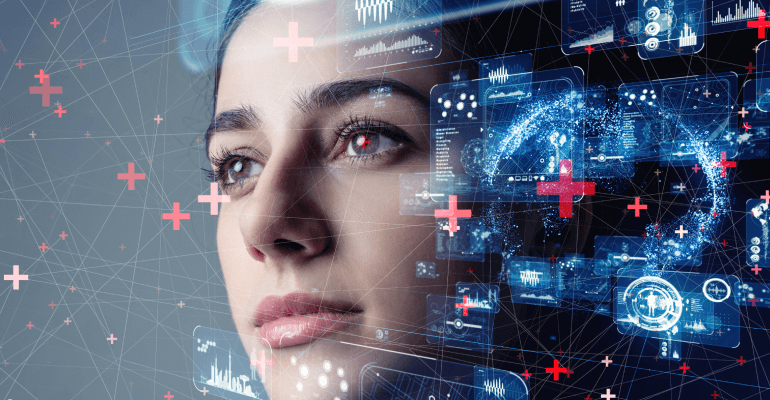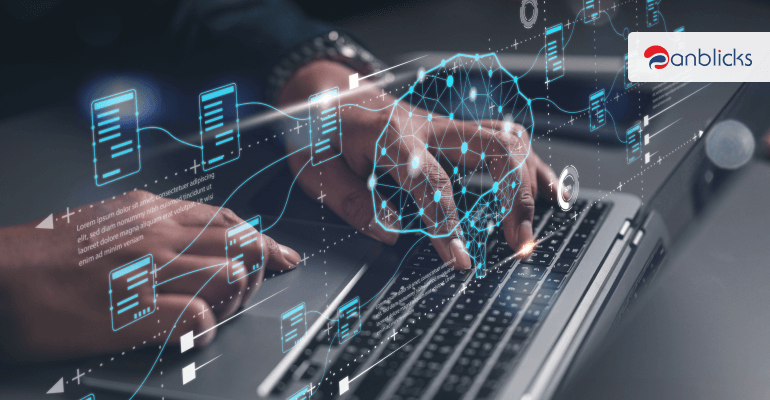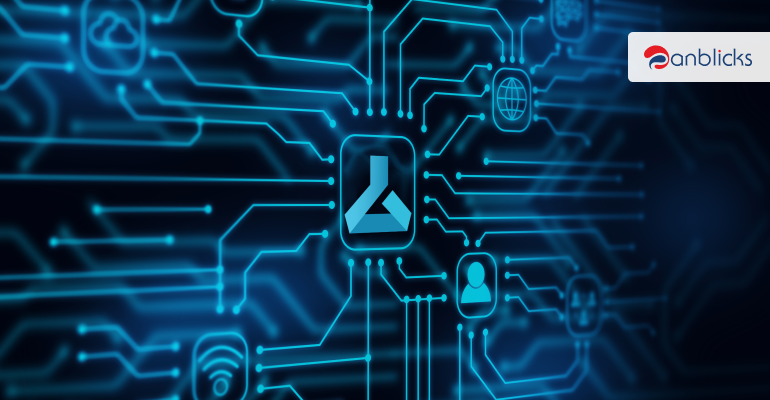
4 Ways Data Analytics is Transforming Healthcare Sector
Data analytics has been the driving force of the digital revolution of multiple industries globally. It has altered the way we analyze, manage, and leverage data across various sectors. However, the most noticeable impact of the technology is being observed in the field of healthcare.
Data analytics solutions in healthcare can reduce treatment costs, outbreak prediction, prevention of avoidable diseases, and improve healthcare services as a whole. Nevertheless, with improved healthcare, the overall lifespan of humans is increasing, which is posing new challenges to care providers across the globe, especially when it comes to treatment delivery methods.
In times like today, where the condition of patients is worsening due to COVID-19 globally, the application of data analytics in the healthcare industry has become more crucial than ever before. Let’s look at the areas where data analytics is helping the healthcare industry improve and provide better care to patients.
Fields of Healthcare Industry Leveraging Maximum Potential of Data Analytics
1. Improved Staffing with Patient Prediction
Staffing is a significant concern that is hampering healthcare providers from delivering appropriate care to the patients. The shift managers have to constantly go through several people’s calculations to provide better service to the patients. They have to consider that too many staff members will increase the labor cost, and a lesser number of members will result in poor service results -which can be fatal in some cases.
To solve this problem, healthcare players are using big data analytics solutions as their resort. Hospitals and other healthcare service providers are using the admission records of the patients as their crucial source to input the data into the data analytics solutions with time series analysis by data scientists. The acquired data allows the data scientists to:
- Identify the need of staff
- Enterprise-wide staff communication
- Optimum shift rotation for maximum use of the staff members
Moreover, the data further allows the researchers to identify the relevant patterns in admission rates which is then fed into visualization models. With the help of these models, data scientists develop a model that allows healthcare providers to have accurate staffing predictions. As a result, the shift managers at the healthcare center can staff an appropriate number of nursing members to attend to the patients.
Case Study: How to Generate Business Insights with Data Analytics and Warehouse
2. Enhanced Electronic Health Records (EHR)
Improvement of Electronic Health Records or EHRs is one of the most prominent applications where data analytics plays a significant role. Every patient has its digital record with the hospitals that includes medical history, demographics, allergy reports, and laboratory test results, etc. These records are shared with respective departments via secured information systems and can be reviewed by the care providers at any point in time. Moreover, the EHR is in modifiable files, which the doctor can edit as per the treatment.
With the help of big data analytics practices and solutions, healthcare providers can improve the data visuals in the EHRs and help the care providers to deliver better solutions to the patients. The technology helps the care providers to collect, store, and utilize the data to enhance the EHRs in hospitals and other healthcare centers.
3. Better Real-Time Alerting
Another field where data analytics is helping the healthcare industry to get better is real-time alerting. Looking at the current situations of COVID-19, patients require special attention as an emergency can strike at any time. Nursing staff or doctors are always busy attending to the patients; however, a patient who undergoes shock or trauma needs to be treated immediately.
In such scenarios, the predictive analysis of the data analytic solutions comes in handy. The ability to monitor the health status of the patient and comparing it with the health pattern of a healthy patient in the model allows triggers the alert to the doctors in case of an emergency. The analysis of anomaly detected in the patient’s breathing pattern, or pulse rate triggers an alert to concerned doctors or nurses.
4. Improved Patient Engagement
Today many users are already showing interest in smart devices that records their health data with their every step. They can monitor their burnt calories, heart rate, sleeping habits, and various other parameters using their smart devices. The information collected by these devices can be coupled with traceable data that doctors and healthcare providers can use to identify potential health risks that can be lurking to happen shortly.
For instance, chronic insomnia and increased heart rate are considered the stepping stone of severe heart disease. With the stored and traceable data collected via smart devices, potential patients get more involved with the healthcare providers for consultation and get better treatment to stay healthy.
Authors Pick
The Healthcare industry has set the benchmark for adopting innovation in its multiple domains. Data analytics is one such technology that boosts the innovations that are further helping the industry get better and provide optimum service to the patients. Especially in today’s situation where the healthcare industry struggles with challenges such as lack of skilled staff, lagging customer engagement, and rising death rate, advanced data analytics solutions can help the industry deliver better solutions to the patients.

